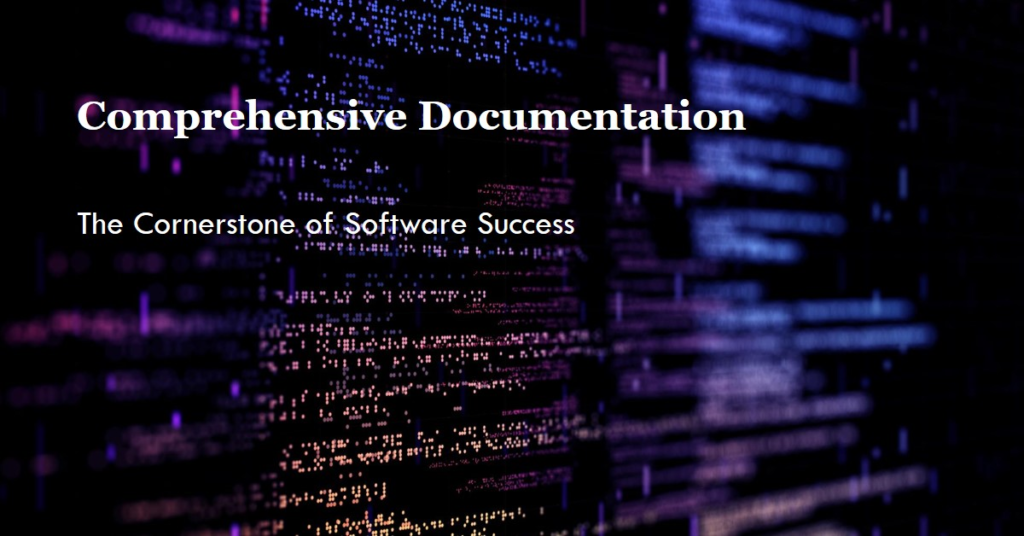Ensuring Digital Transformation Success with the ADKAR Model: A Human-Centric Approach
Digital transformation is essential for businesses to thrive in a rapidly evolving world. Success is not guaranteed. It requires more than using the latest technologies. Many transformations fail because they overlook the people expected to adopt the change. Addressing resistance, confusion, and disengagement is critical to success.
The ADKAR model, developed by Prosci, offers a structured approach to change management that ensures a digital transformation strategy aligns with employee needs. By focusing on Awareness, Desire, Knowledge, Ability, and Reinforcement, the model helps organizations foster employee adoption and sustain long-term success. Combined with change management software tools, it provides the mechanisms to effectively communicate, train, track, and refine the transformation process.
1. Awareness: Building the Case for Change
Goal: Help employees see the need for change and its link to our goals.
Key Strategies:
- Craft Relatable Narratives: Use stories and examples to show the need for change. For example, explain how new tech will cut bottlenecks and improve work-life balance.
- Address Pain Points: Highlight the risks of not transforming. This includes falling behind competitors and inefficiencies.
- Open Channels of Communication: Allow employees to share concerns and receive timely responses.
A retail company using a customer analytics platform could say it will boost sales, improve marketing, and save time on data analysis.
Role of Change Management Software Tools:
- Tools like Microsoft Teams or Slack enable consistent messaging across departments.
- Platforms like Poppulo can deliver personalized campaigns. They ensure the right messages reach the right people.
2. Desire: Inspiring Commitment to the Change
Goal: Transition employees from passive awareness to active willingness to embrace the transformation.
Key Strategies:
- Personalize the Benefits: Show how the change will ease employees’ lives. It should reduce repetitive tasks and offer growth opportunities.
- Leverage Internal Champions: Find influential employees. They can share their enthusiasm for the change. They should lead by example.
- Empathize with Resistance: Use surveys and focus groups to find and fix the barriers to change.
A finance company could explain its new reporting tools. By automating repetitive tasks, they will reduce late nights during audit season.
Role of Change Management Software Tools:
- Sentiment analysis tools like Qualtrics measure employee buy-in and track real-time concerns.
- Feedback platforms let users share fears or suggestions anonymously. This ensures leadership addresses real issues.
3. Knowledge: Equipping Employees with the Skills They Need
Goal: Equip employees to use new tools or processes confidently. They need the right knowledge and training.
Key Strategies:
- Offer Role-Based Training: Create specific learning paths tailored to different job roles. For example, IT teams may need technical training, but customer service teams focus on user-facing aspects.
- Provide Multi-Format Resources: Include webinars, hands-on workshops, and on-demand videos to cater to various learning preferences.
- Centralize Information: Make a resource hub with guides, FAQs, and troubleshooting tips. It should be easy to access.
A healthcare provider adopting an EHR system could run workshops for clinicians and offer step-by-step tutorials for admin staff on scheduling and billing.
Role of Change Management Software Tools:
- LMSs like SAP Litmos track training and identify employees needing help.
- AI-powered tools recommend personalized learning content based on individual performance.
4. Ability: Turning Knowledge into Practical Application
Goal: Enable employees to apply their knowledge effectively in their day-to-day tasks.
Key Strategies:
- Simulation and Practice: Use sandbox environments. They let employees test the new system without affecting real operations.
- Gradual Implementation: Roll out changes in small, manageable phases. This lets employees adapt.
- Peer Coaching: Assign mentors or team leads to assist colleagues during the transition.
A manufacturing company could introduce IoT-connected machines and let employees practice virtual dashboards before using the tech on the line.
Role of Change Management Software Tools:
- Performance management platforms track employees’ progress in applying new skills. They show areas that need reinforcement.
- Helpdesk tools like Zendesk are integrated into the new system. They provide real-time guidance and troubleshooting.
5. Reinforcement: Cementing the Change
Goal: Ensure employees use new behaviors in their work, not old habits.
Key Strategies:
- Celebrate Successes: Publicly acknowledge employees or teams excelling in the new system. This will create positive momentum.
- Regular Feedback Loops: Use surveys, meetings, and analytics to assess the transformation and identify areas for improvement.
- Visible Leadership Support: Ensure leaders keep championing the change. It must remain a priority.
A sales organization using a new CRM could celebrate milestones, such as higher lead conversion rates, and reward top performers.
Role of Change Management Software Tools:
- Analytics dashboards monitor long-term adoption rates and identify gaps in usage.
- Gamification tools, such as achievement badges or team competitions, sustain engagement.
Addressing Challenges with ADKAR
Digital transformations face hurdles. These include cultural resistance, skill gaps, and misaligned leadership. The ADKAR model mitigates these challenges at every stage:
- Resistance: Building Awareness and Desire shows employees the value of change. This reduces opposition.
- Skill Gaps: The Knowledge and Ability stages ensure employees can perform confidently in their new roles. They address training needs.
- Sustained Adoption: Reinforcement mechanisms keep the change in place and prevent regression.
Using change management tools to track training and employee sentiment helps ensure that resistance and gaps are addressed.
Why ADKAR Stands Out
Unlike other frameworks, the ADKAR model takes a sequential, people-first approach to change. It ensures that a digital transformation strategy is human-centered, creating a strong foundation for lasting adoption. Change management software provides a complete toolkit. It tracks progress, addresses resistance, and refines processes in real-time.
Conclusion
Digital transformation isn’t just about technology; it’s about empowering its users. The ADKAR model, with modern tools, ensures employees are informed and supported during a change and keeps them motivated. Organizations can achieve lasting success by addressing challenges like resistance and skill gaps.

